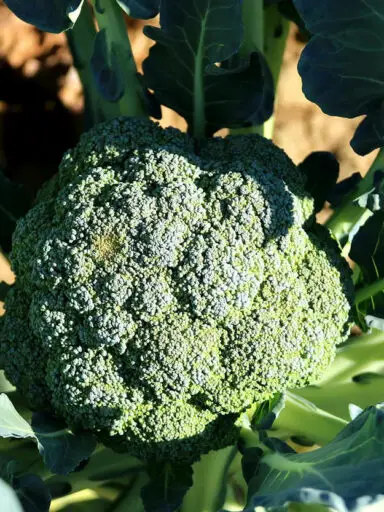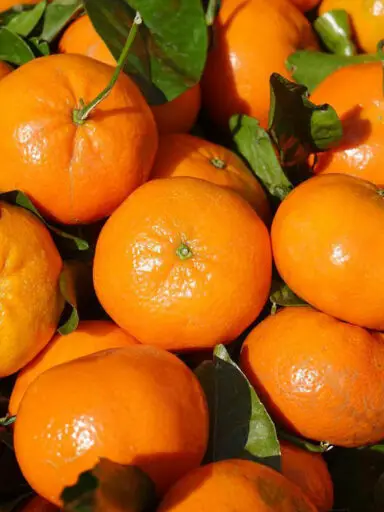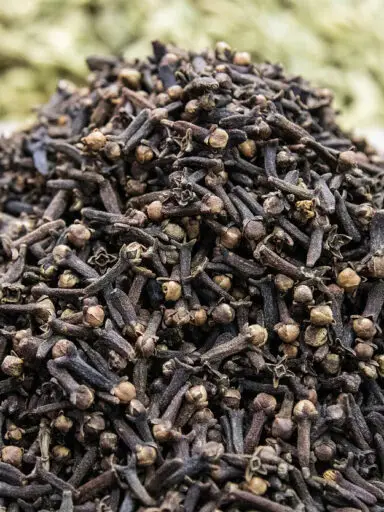Cilantro, also known as coriander leaves, fresh coriander, dhania, or Chinese parsley is an annual herb grown more specifically for its fresh leaves and dried seeds. It is native to Southern Europe, Northern Africa, and Southwestern Asia.
Cilantro is the Spanish word for coriander and the two names are used interchangeably in this guide.
It prefers well-drained, fertile soil together with warm climates to do well. The crop is usually grown to about 15 inches but can grow to seven feet in the wild. It is distinct in its white and pinkish flowers which turn into several pellet-sized, yellowish oval aromatic seeds.
Coriander looks similar to parsley with brilliant soft green leaves. The entire plant is aromatic with the roots bearing the strongest flavors and scents.
Cilantro is available in markets all year round. Leaves should be bought fresh. They feature firm stems and bright vibrant green-colored leaves. Avoid leaves that are turning yellow, and appear slumped and withered. Also, avoid stained leaves or those with mold on them.
Uses of Cilantro in Your Kitchens
Leaves should be washed in cool running water to remove sand and dirt as well as any pesticide or fungicide residue. Also swirling in a saltwater bath helps to clean them further.
Fresh cilantro should be stored inside the refrigerator in a zip-locked bag but should not be kept for more than two or three days. The seeds and oil are also available in markets and are both used as spiced condiments. The seeds are usually purchased ground but can also be purchased whole and ground when ready to be used.
The fresh leaves can be used in green salads. They can also be used in stew, soup, and sauce dishes or prepared as a vegetable. It enhances the flavor and taste of other vegetables, poultry, fish, and meat dishes.
Mediterranean cilantro pesto uses fresh cilantro as well as garlic, olive oil, red pepper, pumpkin seeds, and lemon juice on pasta, sandwiches, fish, poultry, and other dishes.
Coriander seed powder is used as a spice in the preparation of garam masala powder, curry, and other dishes.
Nutritional Benefits of Cilantro
Cilantro contains just 23 calories per 100 grams. It contains no cholesterol and is a good source of dietary fiber. It contains good amounts of B complex vitamins including folates, pantothenic acid, pyridoxine, and thiamin. It also has niacin in decent amounts. Coriander is rich in vitamin A, vitamin C, and vitamin K. It is also a good source of vitamin E.
It is rich in potassium, iron, and manganese. Also present is phosphorous and calcium.



